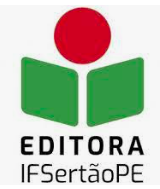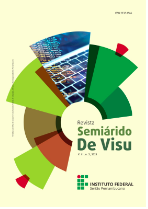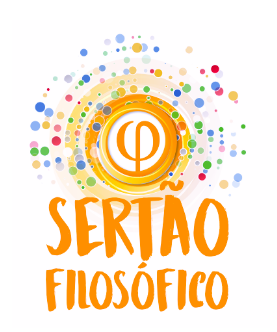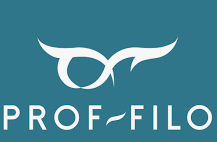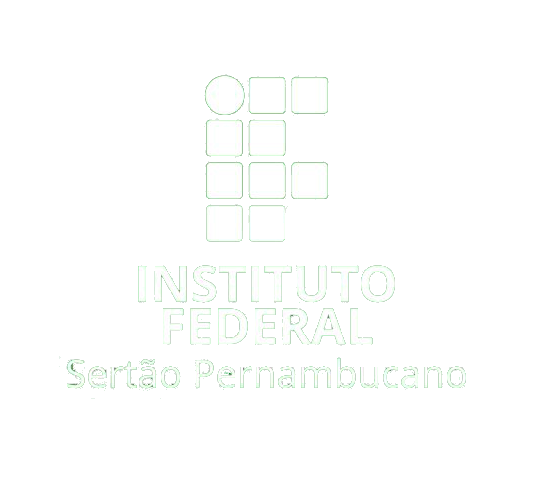Submissions
Submission Preparation Checklist
As part of the submission process, authors are required to check off their submission's compliance with all of the following items, and submissions may be returned to authors that do not adhere to these guidelines.- The submission has not been previously published, nor is it before another journal for consideration (or an explanation has been provided in Comments to the Editor).
- The submission file is in OpenOffice, Microsoft Word, or RTF document file format.
- Where available, URLs for the references have been provided.
- The text is single-spaced; uses a 12-point font; employs italics, rather than underlining (except with URL addresses); and all illustrations, figures, and tables are placed within the text at the appropriate points, rather than at the end.
- The text adheres to the stylistic and bibliographic requirements outlined in the Author Guidelines.
Artigos Transdisciplinares (Fluxo Contínuo)
Política padrão de seção
Copyright Notice
Copyright Declaration
Authors who publish in this journal agree to the following terms:
Authors retain copyright and grant the magazine the right of first publication, with the work simultaneously licensed under the Creative Commons Attribution License that allows sharing of the work with acknowledgment of authorship and initial publication in this magazine.
The authors will not be remunerated for publishing works in the Revista de Filosofia Cacto - Ciência, Arte em Comunicação Transdisciplinar (Online).
Furthermore, the published contents are the sole and exclusive responsibility of their authors, although the editors reserve the right to make textual adjustments and adapt them to publication standards.
Authors are allowed and encouraged to publish their work online (e.g., in institutional repositories or on their personal page), as this can generate productive changes, as well as increase the impact and citation of the published work (See The Effect of Access Free).
Privacy Statement
The names and email addresses entered in this journal site will be used exclusively for the stated purposes of this journal and will not be made available for any other purpose or to any other party.







